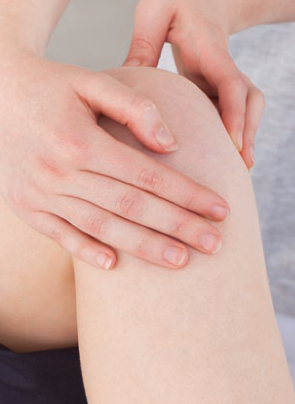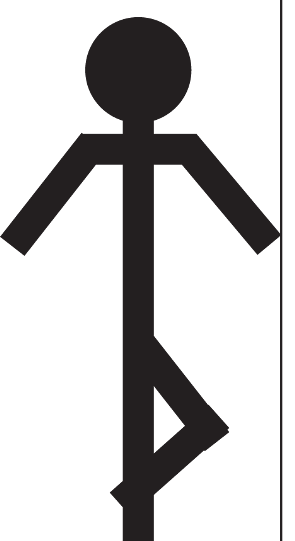
Iliotibial Band Syndrome is the most common cause of knee pain in runners & multi-sport athletes by some estimates accounting for 12% of all running-related injuries. Iliotibial band syndrome describes a condition whereby the iliotibial band rubs against a bony prominence at the outer aspect of the knee and typically causes inflammation and damage to local tissue.
ITBS is commonly labelled as an “overuse” injury. However this is really a misnomer, as it is generally not the fact that the knee is being used too much but rather that there are predisposing biomechanical factors causing injury with even appropriate levels of training.
Most cases of Iliotibial band syndrome settle well with appropriate Chiropractic care. This requires careful assessment by the Chiropractor to determine which factors have contributed to the development of the condition, with subsequent correction of these factors.
Chiropractors will make sure the joints in the entire lower extremity are functioning and moving properly. This includes checking your feet, ankles, knee and hip. Chiropractors want to identify the cause of your pain, not just treat the symptoms.
Chiropractic adjustments/manipulations are performed to help restore normal biomechanics to the feet, ankles, hips and knee joint. It is important to manipulate and stretch capsular joint restrictions during the treatment phase. This helps improve normal motion and promotes proper biomechanics as well as keeping the joint lubricated.
Stretching and strengthening exercises may be used in combination with a knee brace, kneecap taping, or shoe inserts to improve muscle balance and joint alignment of the hip and lower limb. Strengthening and stretching exercises are also chosen to correct muscle imbalances, such as weakness in the gluteus medius muscle or tightness in the iliotibial band.
Treatment modalities such as ultrasound, friction massage, and ice may be used to calm inflammation in the ITB.
Foot orthotics may be recommended to improve foot and lower limb alignment.
A key element of treatment is your training schedule. Chiropractors can work with you to adjust the distance you run, your footwear, and the running surfaces you choose. We will ask you about your sport activities and may give you tips on your warm up and training schedule, footwear, and choices of terrain.
Most cases of ITB syndrome respond very well to Chiropractic treatment and usually require only 4-6 weeks of care.
Stretch of the Month
ITB Stretch

Stretch and strengthen your quadriceps and hamstring muscles. Here is a stretch you can try:
- Stand with your weight on your right leg and your left leg crossed in front of it.
- Rest your left hand on the wall beside you and lean your body weight into the wall.
- Push your hips out towards your right side.
- Hold for 30 seconds each side.
Towards Wellness
Relax
PAUSE – Spend some time each day getting quiet and tuning in.
BREATHE – Conscious awareness of you natural breath, gently in and gently out. Take three breaths to calm you down in any stressful situation.
ALIGN – Feeling the rhythm of the day, the season and how you feel in the moment.
BATHE – take a long soak in a bath with a few drops of Lavender oil or Epsom salts, light a candle and allow yourself some “you’ time.
TURN OFF – all devices, TV’s, radios, internet. We are overloaded, full to the brim! Give your nervous system and a well deserved rest.

